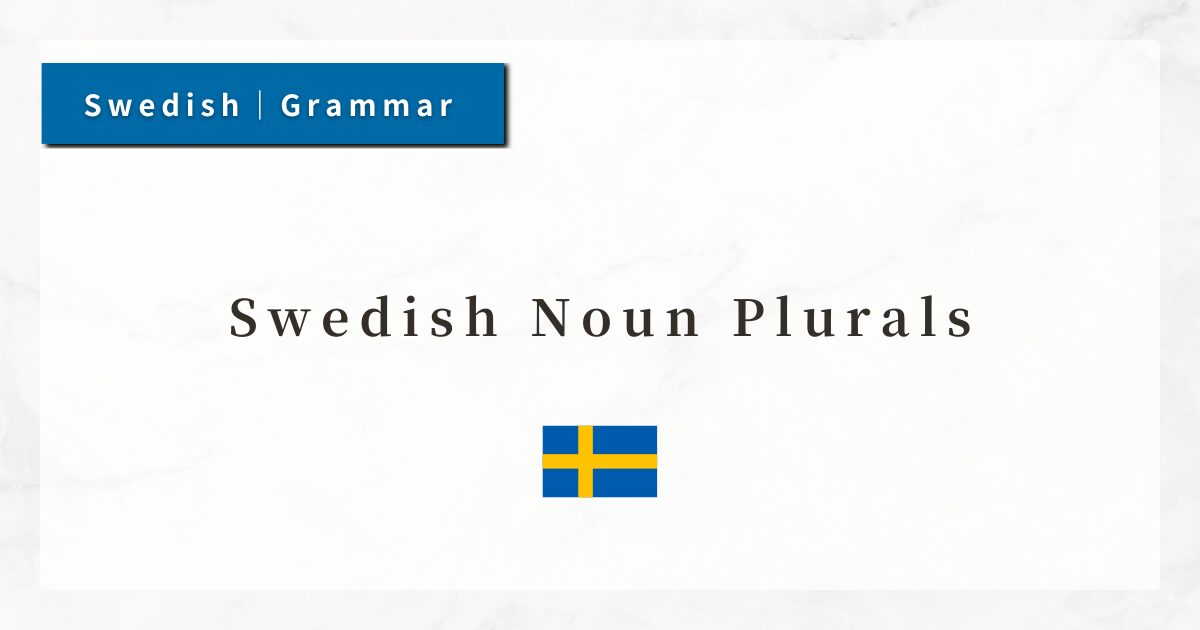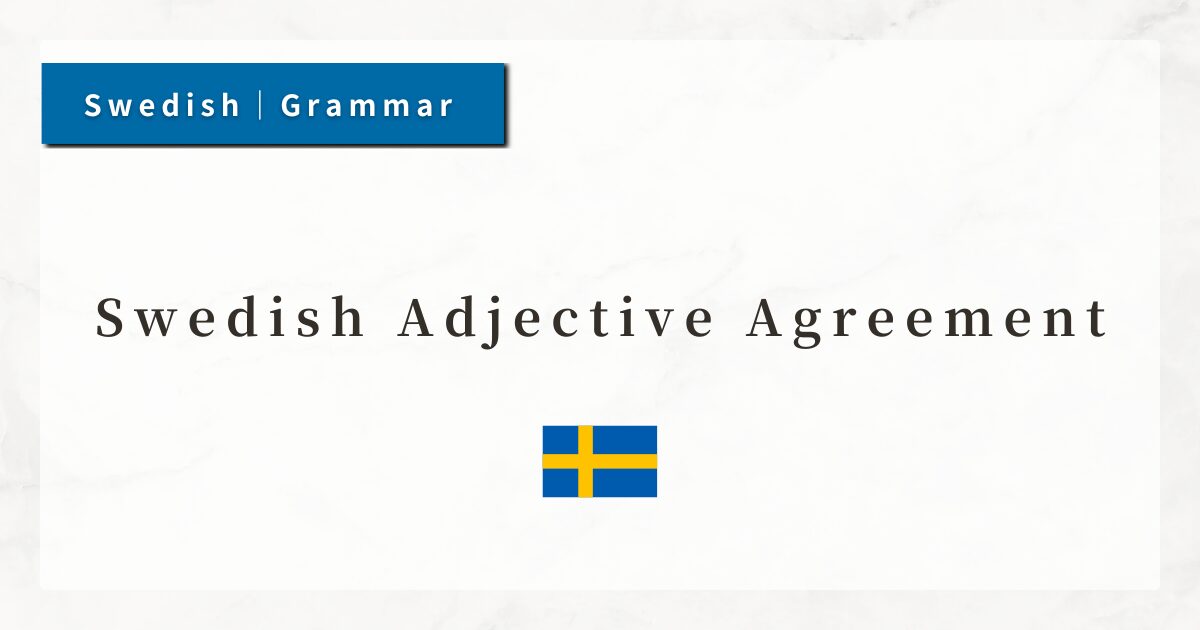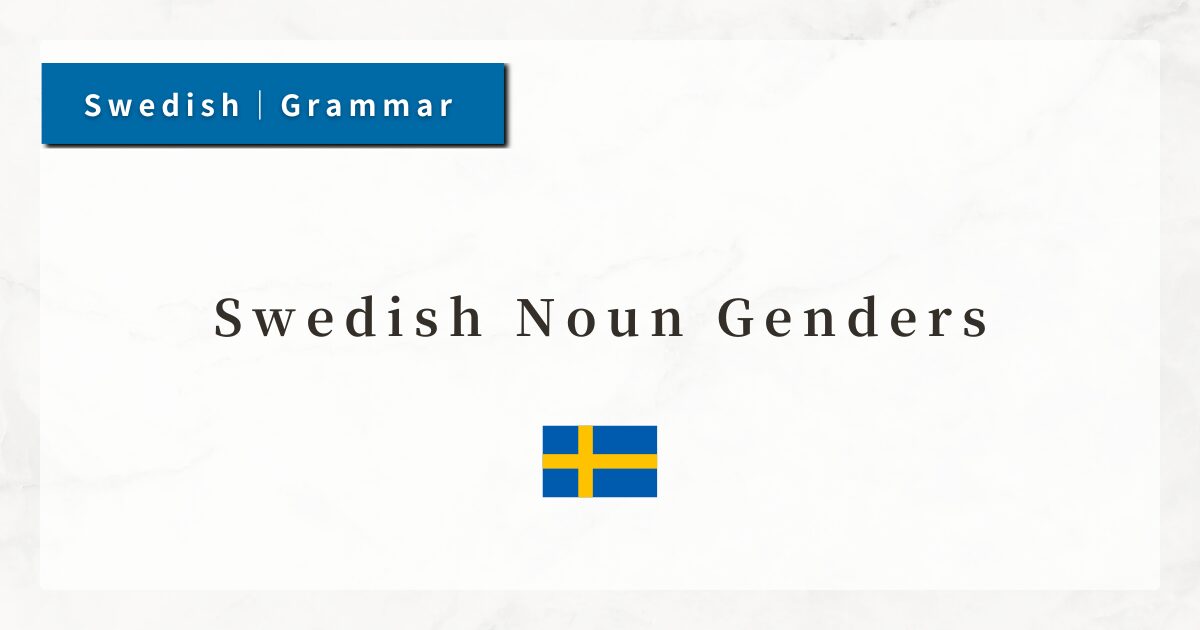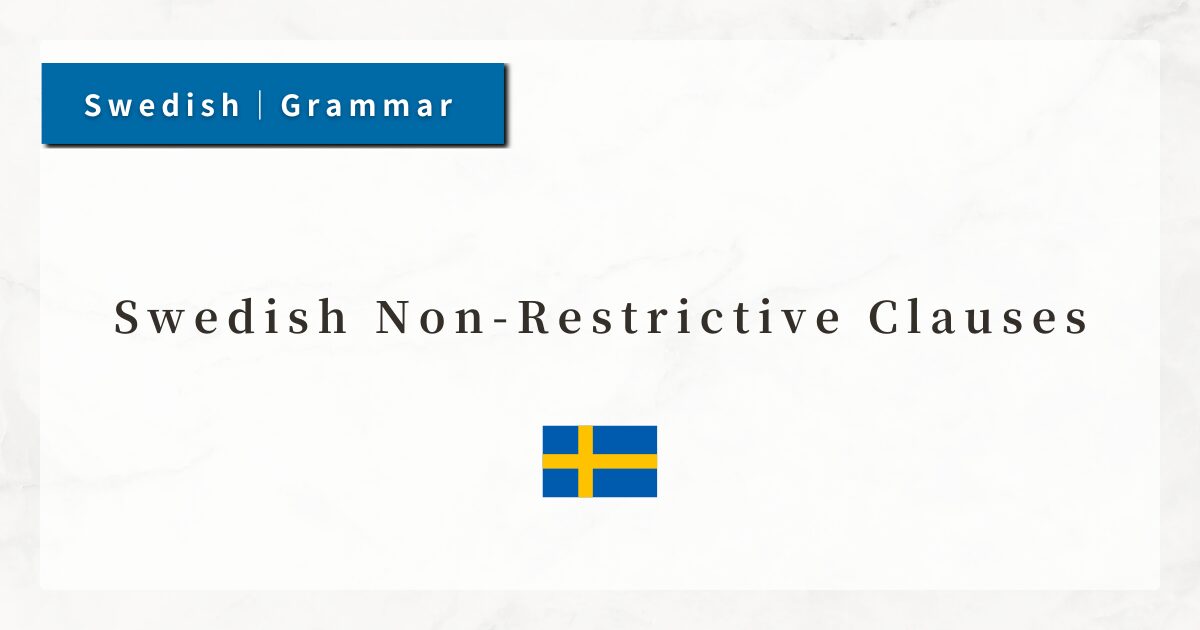#52 Swedish Passive Voice III|The Usage of vara + Past Participle
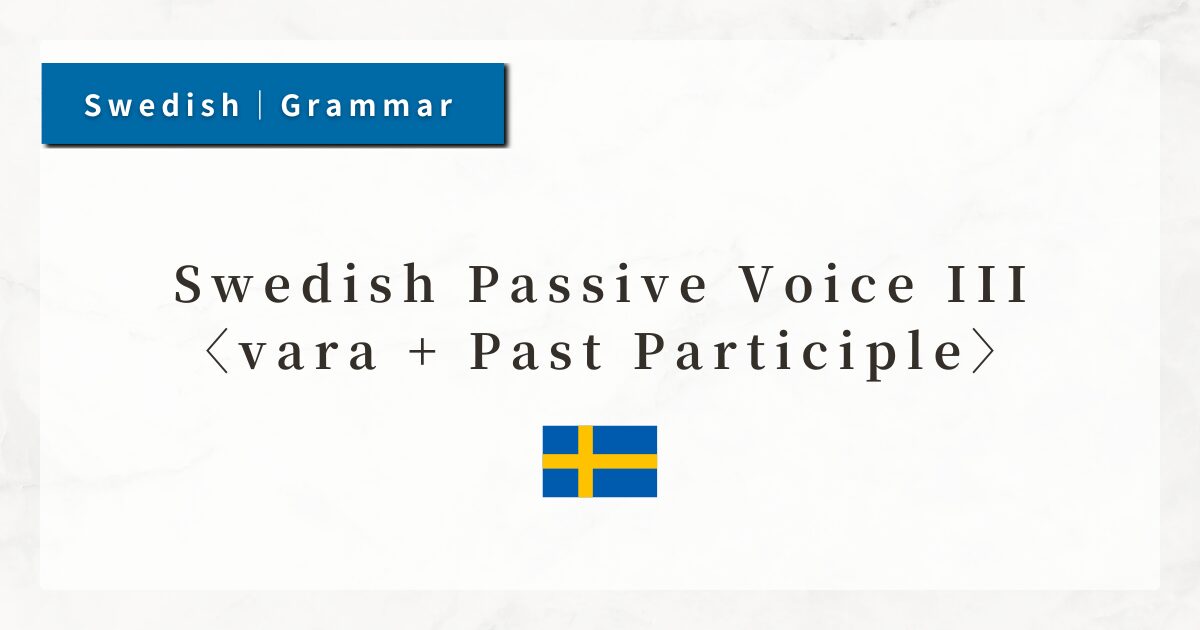
Swedish has several ways of forming the passive voice. Among them, “vara + past participle” is mainly used to describe a state.
It is typically employed when you want to explain the result of an action and the condition that continues afterward.
In this lesson, I will explain the “vara + past participle” construction: its meaning, practical usage, and how it differs from the “bli + past participle” passive.
1. Basic Meaning of vara + past participle
The verb vara corresponds to the English verb be and changes form depending on the subject and tense.
When followed by a past participle, it expresses a state of “being …-ed.”
- Dörren är stängd.
(The door is closed.) - Boken är skriven på svenska.
(The book is written in Swedish.)
Although this resembles the English passive (be + past participle), the focus in Swedish is different: it emphasizes the resulting state rather than the action itself.
In the examples above, the stress is not on the act of “closing” or “writing,” but on the fact that the door remains closed and the book exists in a written state.
2. Difference from the bli Passive
Swedish distinguishes between “bli + past participle” and “vara + past participle.” Their nuances are very different:
- bli + past participle
→ emphasizes the process of an action (“to get …-ed,” “was …-ed”) - vara + past participle
→ emphasizes the continuing state as a result (“is …-ed”)
In short:
- bli passive
→ focus on the process of the action. - vara passive
→ focus on the state resulting from the action.
The “bli + past participle passive” is explained in detail in another article.
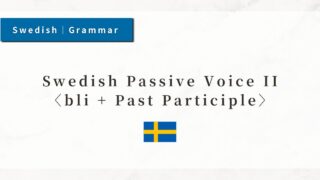
3. Sentence Structure and Tense Variation
The basic structure is:
“Subject + vara (conjugated) + past participle.”
By changing the tense of vara, you can indicate when the state existed:
- är + past participle (present state)
→ Fönstret är öppnat.
(The window is open.) - var + past participle (past state)
→ Dörren var stängd hela dagen.
(The door was closed all day.) - har varit + past participle (perfect/continuous state)
→ Husen har varit målade länge.
(The houses have been painted for a long time.)
This shows how varying the tense of vara allows you to specify when the state was true.
4. Summary
- The ”vara + past participle” construction is a type of passive voice that emphasizes the resulting state.
- It is used to describe a condition that remains after an action has taken place.
- Compare it with the bli passive
1. bli passive → action/process
2. vara passive → result/state

